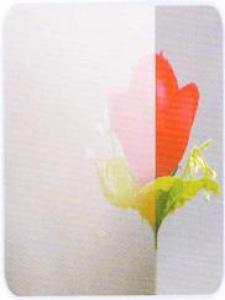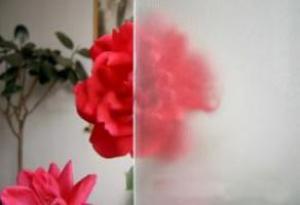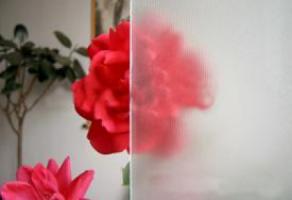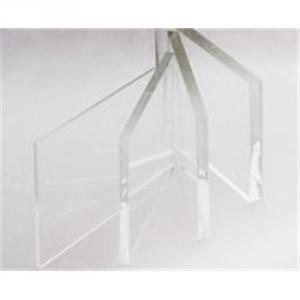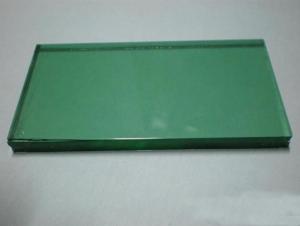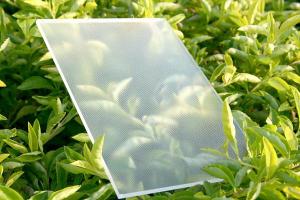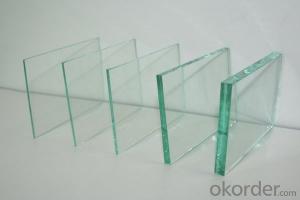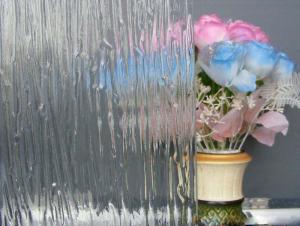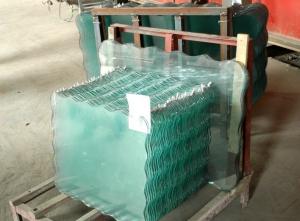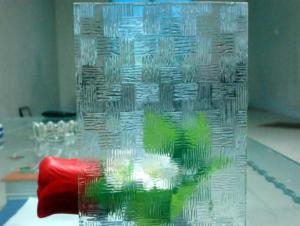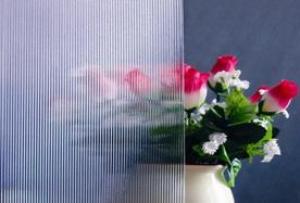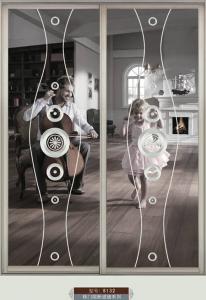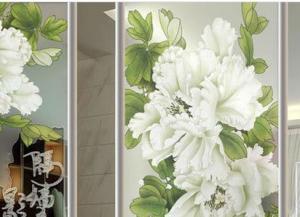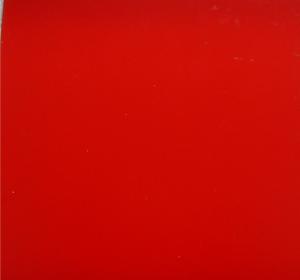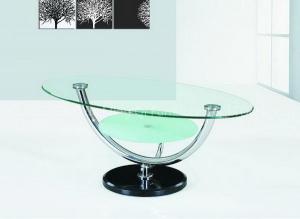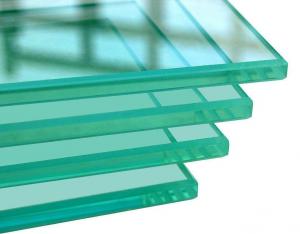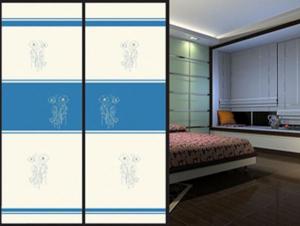Patterned Glass-Graining
- Loading Port:
- China Main Port
- Payment Terms:
- TT or L/C
- Min Order Qty:
- 100 m²
- Supply Capability:
- 10000 m²/month
OKorder Service Pledge
OKorder Financial Service
You Might Also Like
Patterned Glass is a kind of decorative translucent flat glass with embossed patterns on one or both surfaces. With the special properties of decorations, patterned glass can fully allow the light to pass through and on the other hand it can limit or prevent a clear view effectively, leading to a good "secret" result and a beautiful decorative effect.
Features:
1. Diversified and colorful patterns including Karatachi, Flora, Mistlite, Nashiji, Kasumi, Chinchilla, Moran, Aqualite, Masterlite, Millennium, Raindown, etc.
2. Distinctive and original design.
3. Stereoscopic effects and never-fading patterns.
4. Easy to be processed (cutted, ground, drilled, tempered, laminated, screen-printed, etc.)
Patterns for you to choose from:
Karatchi, Flora, Muro/Mora, Mistlite, etc.
Specifications:
Thickness: 3-5.5mm
Size: customized size
Applications:
Patterned Glass is widely used in all kinds of public and private places, such as offices, meeting rooms, hotels, hospitals, gymnasiums, bathrooms, washrooms, etc. It can also be applied in inlaid doors, glass furniture, shower rooms, colored crystal glass, glass partitions, bathroom doors and windows and other areas.
- Q: What are the raw materials for low dielectric glass fiber?
- Glass fiber according to shape and length, can be divided into continuous fiber length, fiber and glass wool; according to the glass component, can be divided into non alkali, chemical resistance, high alkali, alkali, high strength, high elastic modulus and alkali resistant glass fiber etc..The main raw material for the production of glass fiber are: quartz sand, limestone, dolomite, alumina and pyrophyllite, boric acid, sodium carbonate, mirabilite and fluorite etc.. The production methods can be roughly divided into two categories: one is the molten glass directly into the fiber; one is the molten glass into the first 20mm diameter glass ball or rod, in a variety of ways made by heating a diameter of 3 ~ 80 m very fine fiber. An infinitely long fiber drawn from a platinum alloy plate by mechanical wire drawing is called continuous glass fiber, commonly known as long fiber. A discontinuous fiber made from a roller or air flow, called a fixed length glass fiber, commonly referred to as staple. Fine, short, flocculent fibers made from centrifugal force or high velocity air flow, called glass wool. Glass fibers are processed into various shapes, such as yarn, roving, chopped strand, cloth, band, felt, plate, tube, etc..
- Q: The main raw material for the impact of float glass cost?
- Fuel prices: heavy oil, natural gas or coal, etc., because of the large number of long-term consumption, so it is also an important factor affecting product costs.
- Q: Comparison of plexiglass steel bridge and inorganic glass steel bridge
- 4, can release harmful gases, human health and environmental protection have a certain impact. 5, high cost, but also a larger fluctuation of raw material prices. 6, after the waste is not easy to handle. Two, inorganic glass fiber reinforced plastics (referred to as Magnesium Oxide) advantages: 1, high temperature. (under normal circumstances, Fahrenheit temperature of 400 degrees Celsius, to maintain the product is not deformed), 2, anti-aging, 20 years without deformation of the product. 3. Purify the air and absorb carbon dioxide from the air. 4, high strength. 5, waterproof performance is good. 6, light weight, only in plexiglass.
- Q: What is the raw material of glass glue?
- Glass glue is a single component elastic Acid Type RTV silicone sealant, with silicone rubber as the main raw material, adding reinforcing agent, crosslinking agent, accelerator, antioxidant, plasticizer, with advanced technology for the synthesis of one component room temperature vulcanized (RTV) sealant, resistance to atmospheric aging performance is good.
- Q: Medium temperature glass flake clay products
- Glass scales prevent the erosion of base material by water vapor and chemical solvents. The degree of chemical resistance of the substrate or coating varies with the chosen glass material, and the glass scale, which is made of c- glass, has excellent chemical durability.
- Q: Does fiberglass contain formaldehyde? I'm a hair salon. Buy a glass fiber reinforced plastic shampoo bed, there is always a pungent smell of the body, there is no harm to it, including formaldehyde free
- The pungent smell is not necessarily formaldehyde, and FRP is also called GRP, that is, fiber reinforced plastics, generally refers to glass fiber reinforced unsaturated polyester, epoxy resin and phenolic resin matrix.
- Q: What is the raw material of glass fiber reinforced plastics and what is the matching ratio?
- The main raw material is unsaturated resin and fiber cloth,
- Q: Which is the best solar water heater tube?
- The surface of the vacuum heat collecting tube is smooth and clean, the pipe body has no spots, no air lines, no scratches and no film forming. (this phenomenon will affect the collection efficiency and beauty).
- Q: What kind of film is toughened glass film?
- PP materialPP protective film material is first appeared in the market, the chemical name is polypropylene, no adsorption capacity, generally use glue to stick, tear after the glue will leave marks on the screen, the screen for a long time will be corrosion. This material has been basically eliminated by the vast number of protective membrane manufacturers, but some roadside stalls are still selling, we should pay attention to!
- Q: What are the production processes and raw materials of float glass?
- Float glass production process refers to the glass liquid in molten metal floating on the surface of the flat glass production process. The production process of float glass is to select the raw material needed for the production of glass according to the designed glass composition, and weigh various raw materials according to the designed material, and then prepare the mixture by mixing.
1. Manufacturer Overview
| Location | Hebei, China |
| Year Established | 2010 |
| Annual Output Value | Above US$ 1 Million |
| Main Markets | Domestic Market Patterned Glass, Float Glass, Sheet Glass, Mirror 95.80 Southeast Asia Float Glass, Sheet Glass 0.15 Africa Mirror 0.02 Eastern Asia Patterned Glass 2.20 South Asia Patterned Glass, Float Glass 1.83 |
| Company Certifications | ISO 9001:2008 |
2. Manufacturer Certificates
| a) Certification Name | |
| Range | |
| Reference | |
| Validity Period |
3. Manufacturer Capability
| a) Trade Capacity | |
| Nearest Port | Tianjin |
| Export Percentage | 51% - 60% |
| No.of Employees in Trade Department | 21-50 People |
| Language Spoken: | English; Chinese |
| b) Factory Information | |
| Factory Size: | Above 10,000 square meters |
| No. of Production Lines | Above 2 |
| Contract Manufacturing | OEM Service Offered; Design Service Offered |
| Product Price Range | Average |
Send your message to us
Patterned Glass-Graining
- Loading Port:
- China Main Port
- Payment Terms:
- TT or L/C
- Min Order Qty:
- 100 m²
- Supply Capability:
- 10000 m²/month
OKorder Service Pledge
OKorder Financial Service
Similar products
Hot products
Hot Searches
